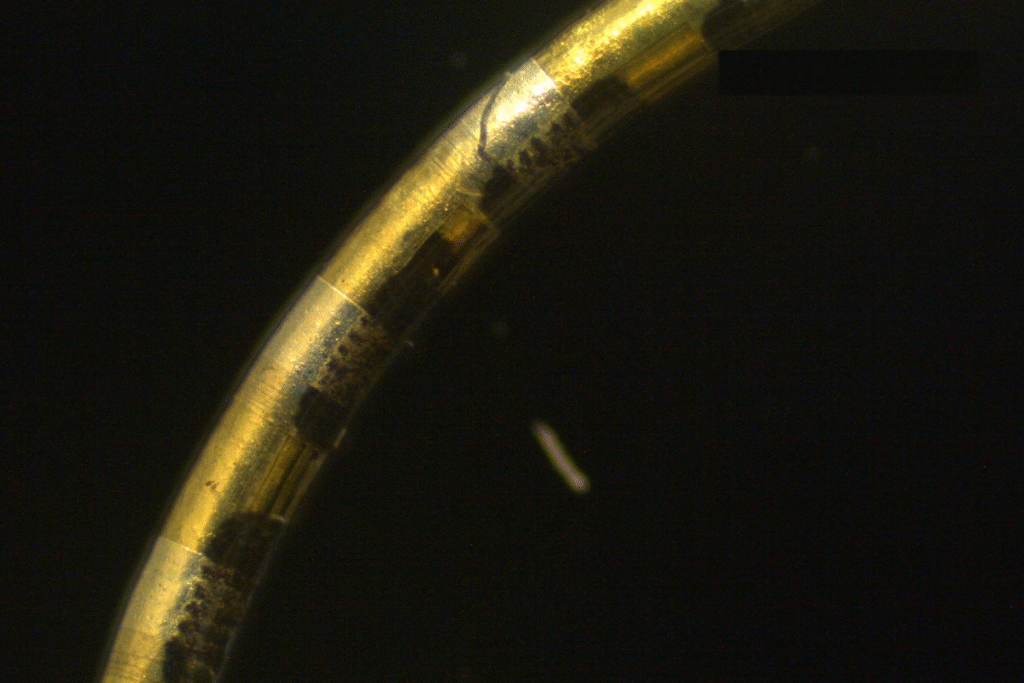Stanford University researchers have developed a groundbreaking bioelectronic fiber called “NeuroString” that may redefine how we monitor, stimulate, and treat the human body. Just a quarter of a millimeter wide (about the thickness of a human hair), NeuroString is soft, flexible, and capable of hosting hundreds to thousands of independent electronic channels. Each channel can sense neurochemicals, stimulate muscles or nerves, monitor organ activity, or deliver drugs with pinpoint precision.
The fiber was co-developed by chemical engineer Zhenan Bao and pediatric surgeon James Dunn, who sought a way to measure intestinal function in children with short gut syndrome. Dunn had been working to grow new intestinal tissue by applying mechanical force but lacked tools to confirm whether the regenerated tissue behaved like healthy intestine. NeuroString provided the missing link, allowing researchers to monitor gut contractions, biochemical signals like serotonin, and other vital functions without disrupting normal activity.
To build NeuroString, Bao’s team created a roll-up fabrication method. They patterned electronic devices onto a thin, skin-like film and rolled it into a tightly wound fiber, similar to the layers of a Swiss roll. This design allows sensors and stimulators to be distributed along the surface while internal wires carry data. In one prototype, the team embedded 1,280 individual channels, and longer fibers could host even more.
In animal studies, the fiber was implanted in the intestines of pigs and the brains of mice, where it successfully monitored activity for up to four months. Because it is soft and biocompatible, NeuroString can remain in the body without causing discomfort or damage. It also opens the door to closed-loop systems that detect abnormal signals and respond instantly, for example, by stimulating nerves to interrupt pain or restore function.
The potential applications are wide-ranging. In gastroenterology, NeuroString could be used to create robotic pills that diagnose conditions throughout the digestive tract. In endocrinology, it might serve as an implantable insulin pump that senses blood sugar and delivers insulin on demand. In neuroscience, it could support optogenetics by delivering light and measuring neuronal responses in real time.
Outside the body, NeuroString could enable smart fabrics, wearable electronics, and soft robotics. It may also enhance research on organoids, lab-grown tissues that mimic real organs, by embedding sensors that monitor growth and biochemical activity from within.
Take a look at a video from Stanford showing off NeuroString:
Article from Stanford University: Soft bioelectronic fiber can track hundreds of biological events simultaneously
Abstract in Nature: High-density soft bioelectronic fibres for multimodal sensing and stimulation

